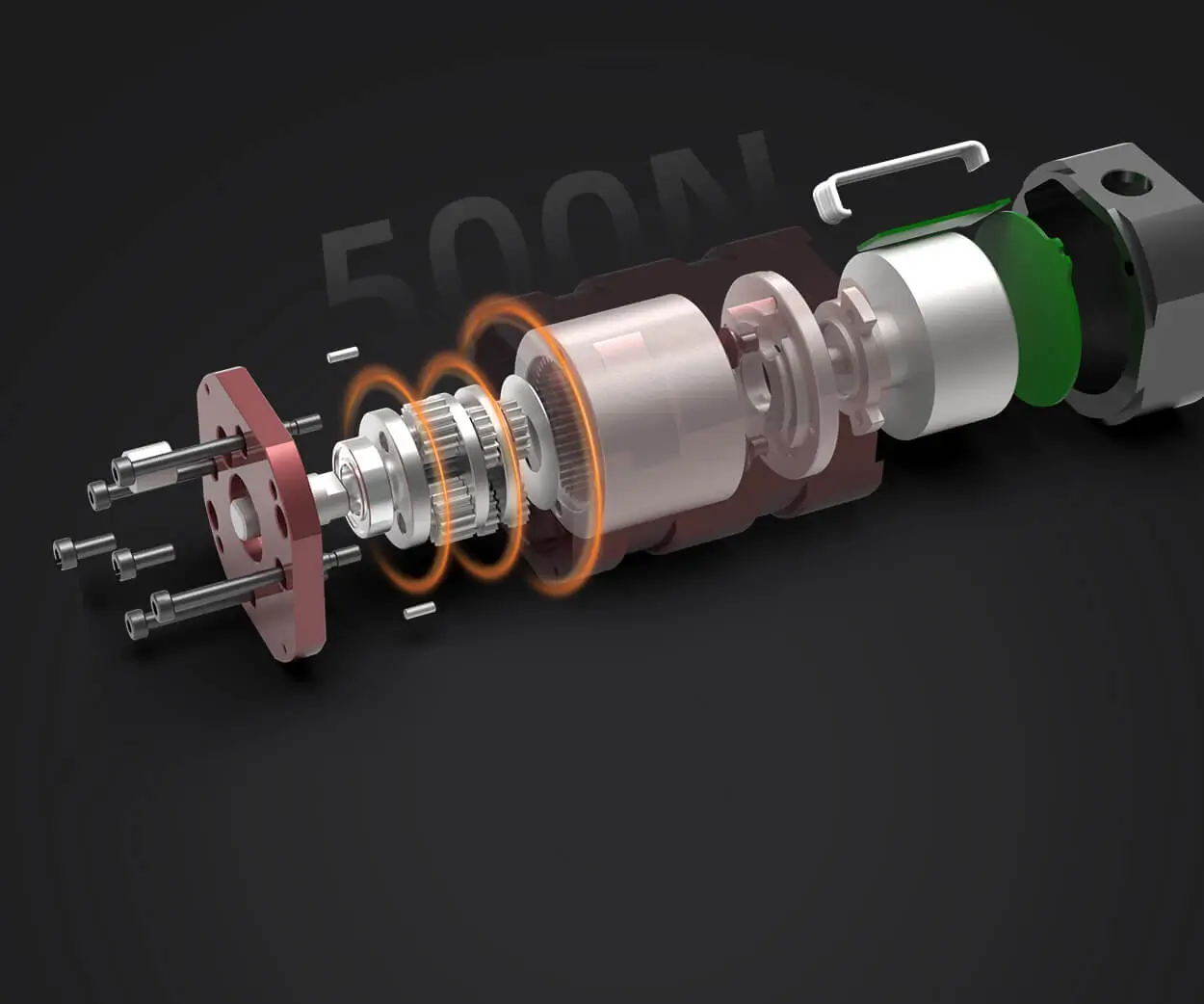Imagine you're sitting at your favorite cafe, sipping coffee and pondering the tech world’s buzzwords. You hear phrases like “SOA” and “Microservices” thrown around—sounds fancy, right? But what’s the real difference? Why does it matter? Let me unpack that for you in a way that clicks, with a dash of real-world flavor.

First, think of SOA—Service-Oriented Architecture—as the big blueprint that laid the foundation for modern integration. It’s like those early multi-community centers in towns, designed to connect different parts of society. You have a bunch of services—like banking, ticketing, or user management—all woven into a larger system. They talk through a common language, often standardized, and sit under a central “roof,” which is usually an enterprise service bus. SOA cares about overarching compatibility, governance, and reuse. It’s a bit like owning a set of tools that fit all your projects, but sometimes those tools are bulky, and updates can ripple across the entire system.
Microservices, on the other hand, are more like quirky, individual pop-up shops in a vibrant street market. Instead of one massive building, you’ve got tiny dedicated stalls—each doing one thing well. Want a store just for coffee? That’s a microservice. Need one for fresh pastries? Another microservice. They operate independently, communicate through lightweight protocols, typically REST APIs, and can evolve without impacting the entire street. This approach is all about agility—quick deployment, flexibility, and resilience won’t let a hiccup in one stall disrupt the whole market. It’s a more decentralized, modular mindset.
Now, you might wonder—"So, which one should I pick?" Here’s a quick mix of what’s what: If your organization leans on legacy systems and needs standardized, centralized control, SOA could be more fitting. But if you’re aiming for rapid iteration, better scalability, and a more resilient environment, microservices shine.
Think about Netflix—early on, they adopted microservices to handle millions of users streaming different content. The independence of their services allows them to update or troubleshoot without crashing the entire platform. That’s the kind of power microservices bring to the table.
On the flip side, a big bank might lean towards SOA, where compliance and governance are paramount. Shared services ensure everything stays in check, even if it feels a bit sluggish sometimes.
Here's a quick question—what’s faster to deploy? Microservices, no doubt. They’re like that new food truck that pops up overnight. But managing a fleet of trucks? That’s a whole new game. With SOA, you’re dealing with a more unified, sometimes more cumbersome system, which can be slow to adapt but offers stability.
Ultimately, it boils down to your goals—do you prioritize rapid change and flexibility, or do you want control and standardization? Both have their perks, and sometimes, hybrid approaches blend the best of both worlds.
So, next time you’re juggling these terms, remember the street market vs. the community center. Whether you want the modular agility of microservices or the structured harmony of SOA, understanding the core differences helps you steer your tech ship in the right direction. Choices depend on what your system truly needs—fast innovation or reliable stability. And knowing this, you can make smarter moves, without too much fuss.
Established in 2005, Kpower has been dedicated to a professional compact motion unit manufacturer, headquartered in Dongguan, Guangdong Province, China. Leveraging innovations in modular drive technology, Kpower integrates high-performance motors, precision reducers, and multi-protocol control systems to provide efficient and customized smart drive system solutions. Kpower has delivered professional drive system solutions to over 500 enterprise clients globally with products covering various fields such as Smart Home Systems, Automatic Electronics, Robotics, Precision Agriculture, Drones, and Industrial Automation.




































